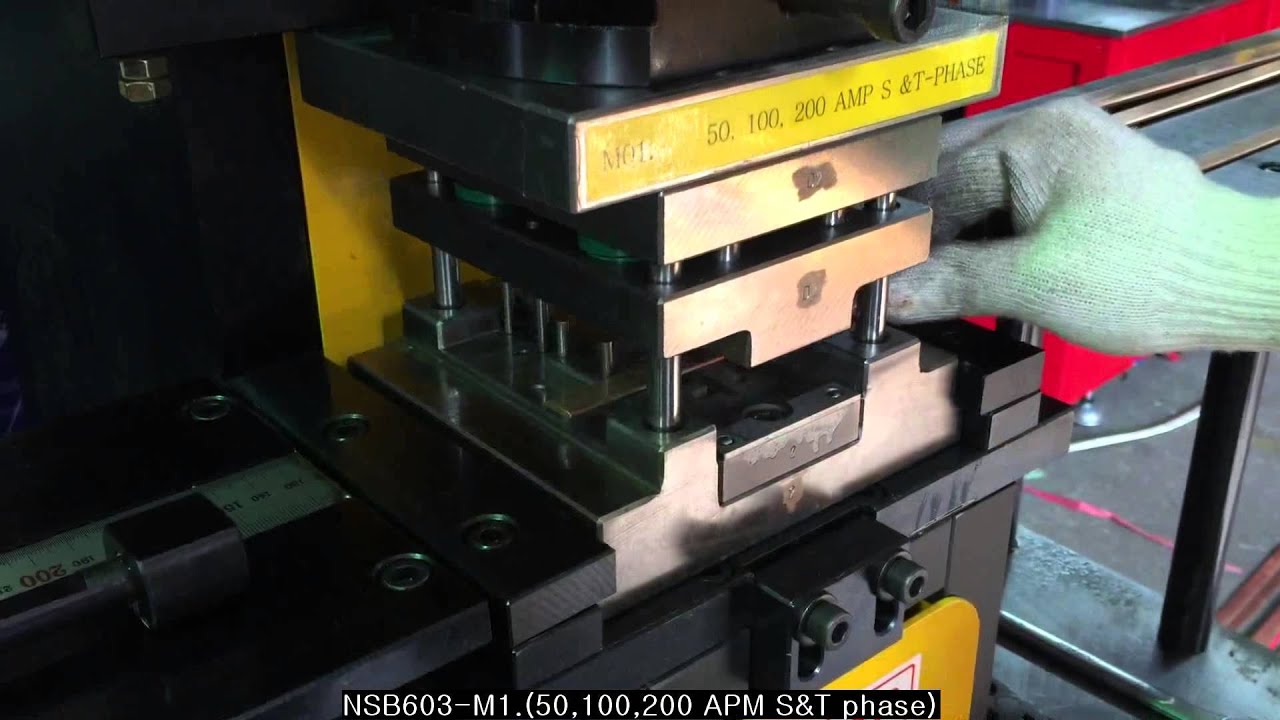In recent years, busbar bending machine learning has emerged as a transformative force across a myriad of industries. Its application has reached far beyond the confines of research laboratories, making its presence known in everyday life. From healthcare and finance to transportation and entertainment, the impact of machine learning is palpable, revolutionizing the way we live and work.
In the healthcare sector, machine learning algorithms are playing a pivotal role in early disease detection and diagnosis. Advanced medical imaging techniques, powered by machine learning, can identify anomalies in X-rays, MRIs, and CT scans with unparalleled accuracy, helping doctors make more informed decisions and saving countless lives.
Financial institutions have also embraced machine learning to enhance fraud detection and streamline customer service. Algorithms analyze transaction data to detect unusual patterns and potential fraud, while chatbots and virtual assistants provide instant support to customers, making banking more efficient and secure.
Machine learning’s influence extends to the transportation industry as well. Self-driving cars, equipped with sophisticated machine learning algorithms, are on the cusp of revolutionizing how we commute. These vehicles can analyze real-time data from sensors to navigate traffic, avoid accidents, and reduce the environmental impact of transportation.
In the realm of entertainment, recommendation systems powered by machine learning have become ubiquitous. Streaming platforms like Netflix and Spotify use algorithms to analyze user behavior and preferences, curating personalized content playlists and recommendations. This not only keeps users engaged but also drives content consumption.
Furthermore, machine learning is helping companies optimize their supply chains by predicting demand, minimizing waste, and reducing costs. In agriculture, it aids in precision farming, where sensors and data analysis enable farmers to make data-driven decisions about crop management, improving yields and resource efficiency.


